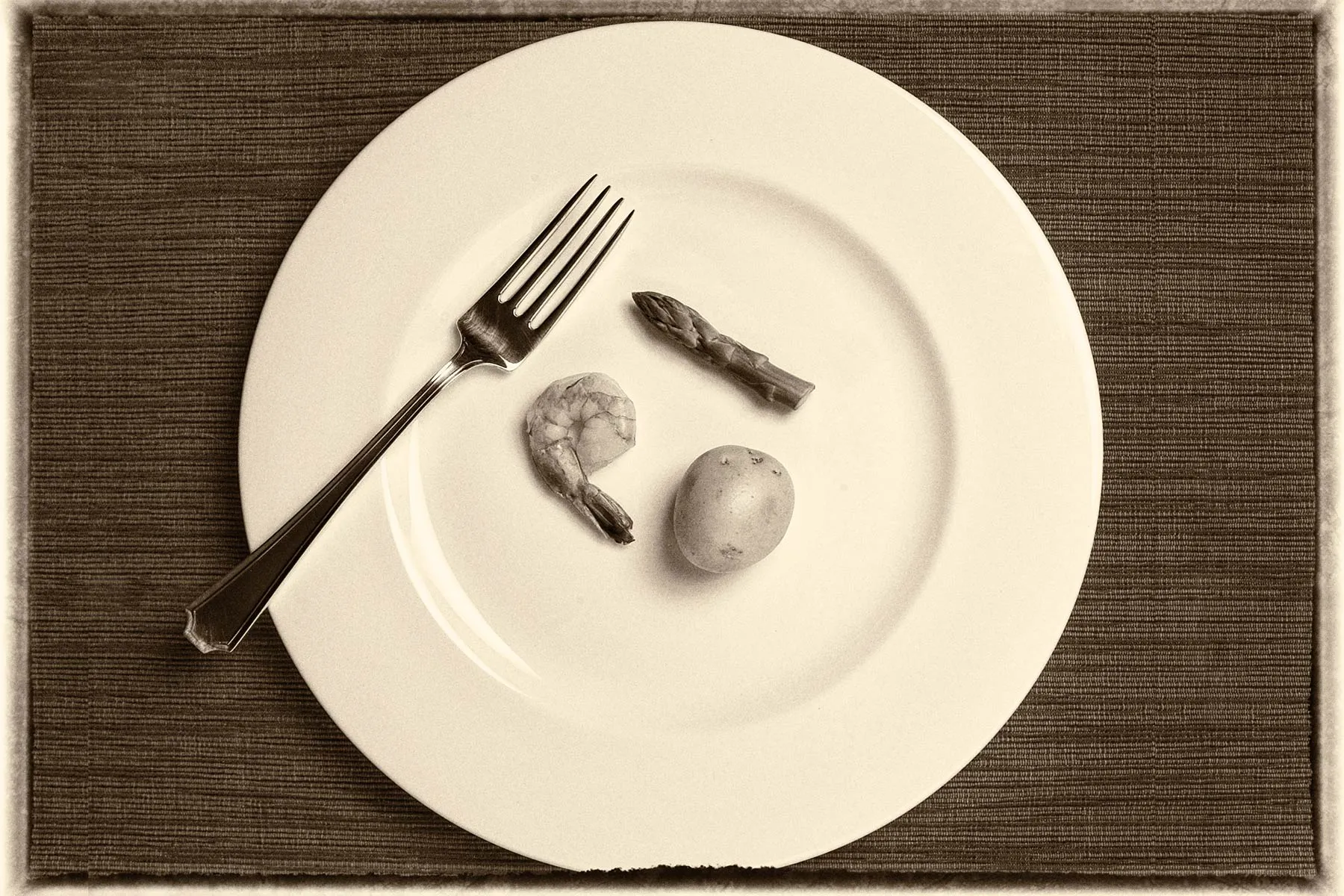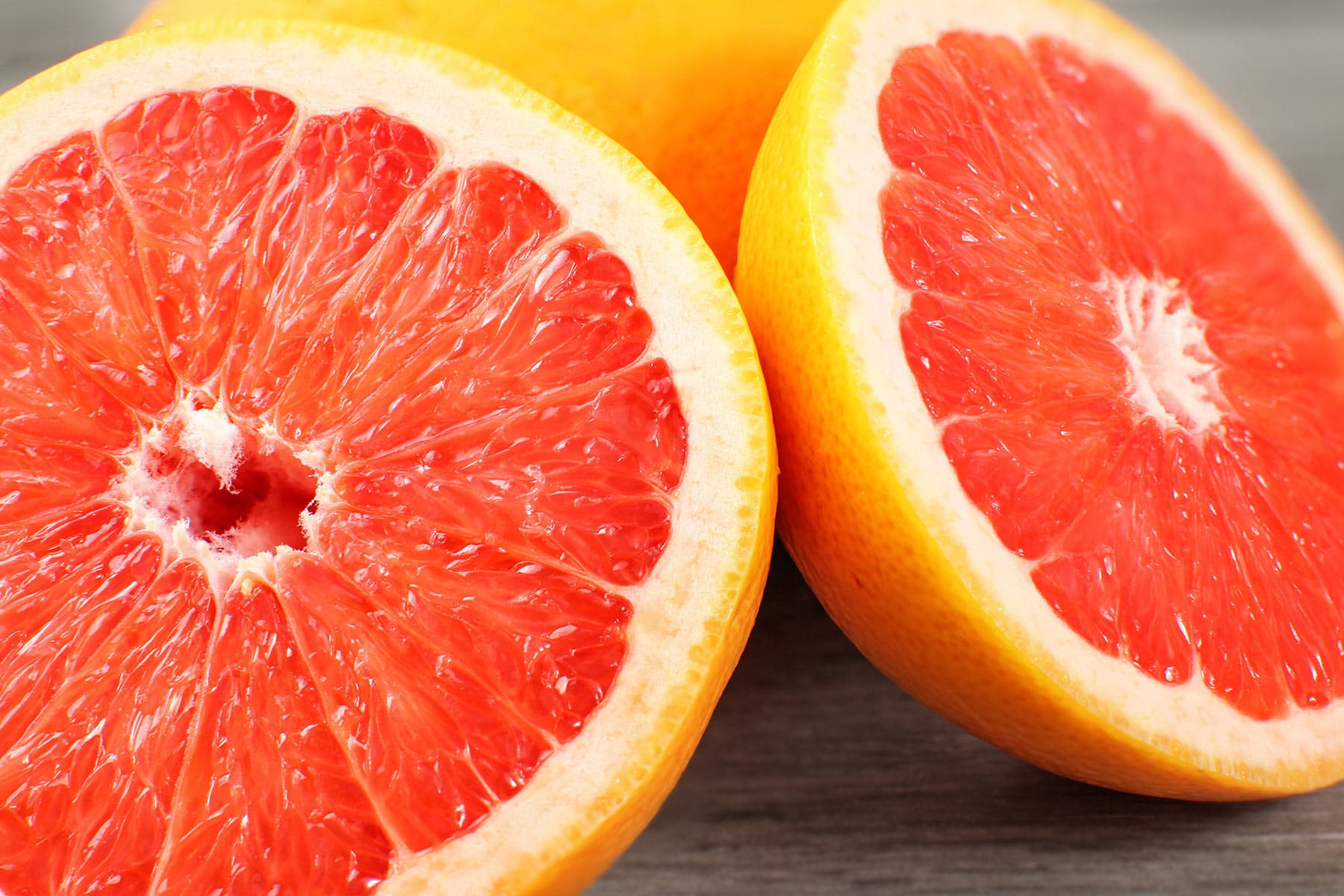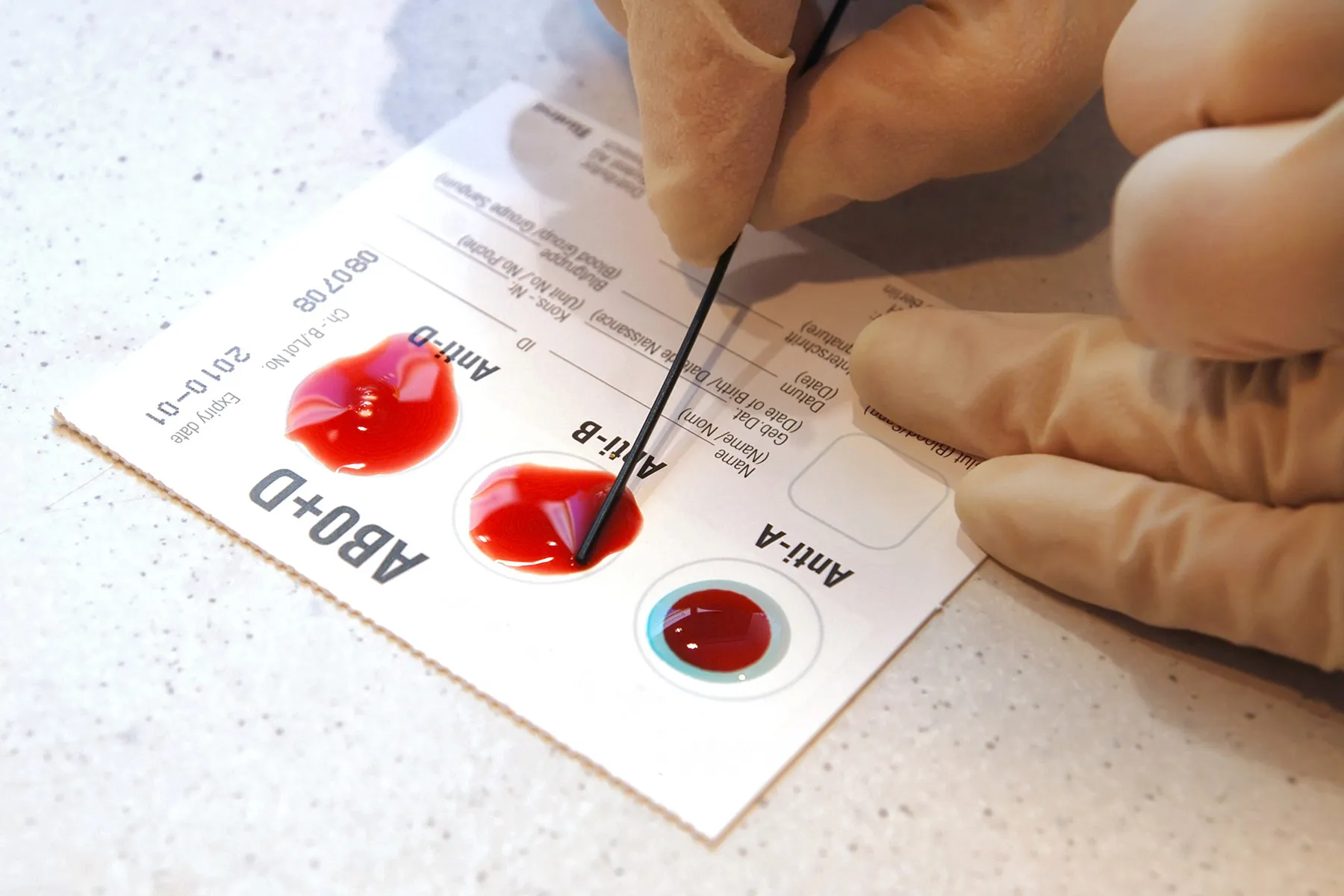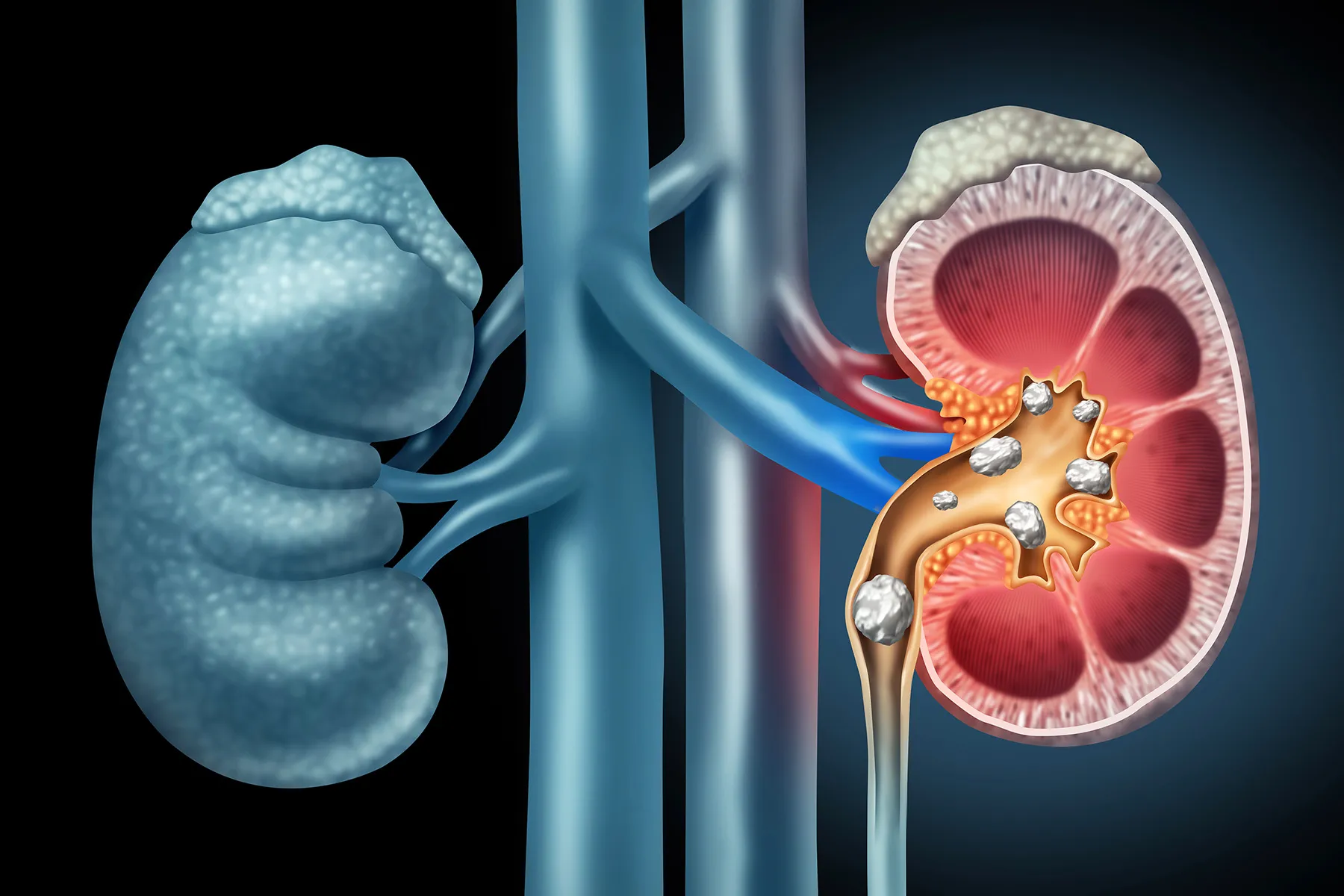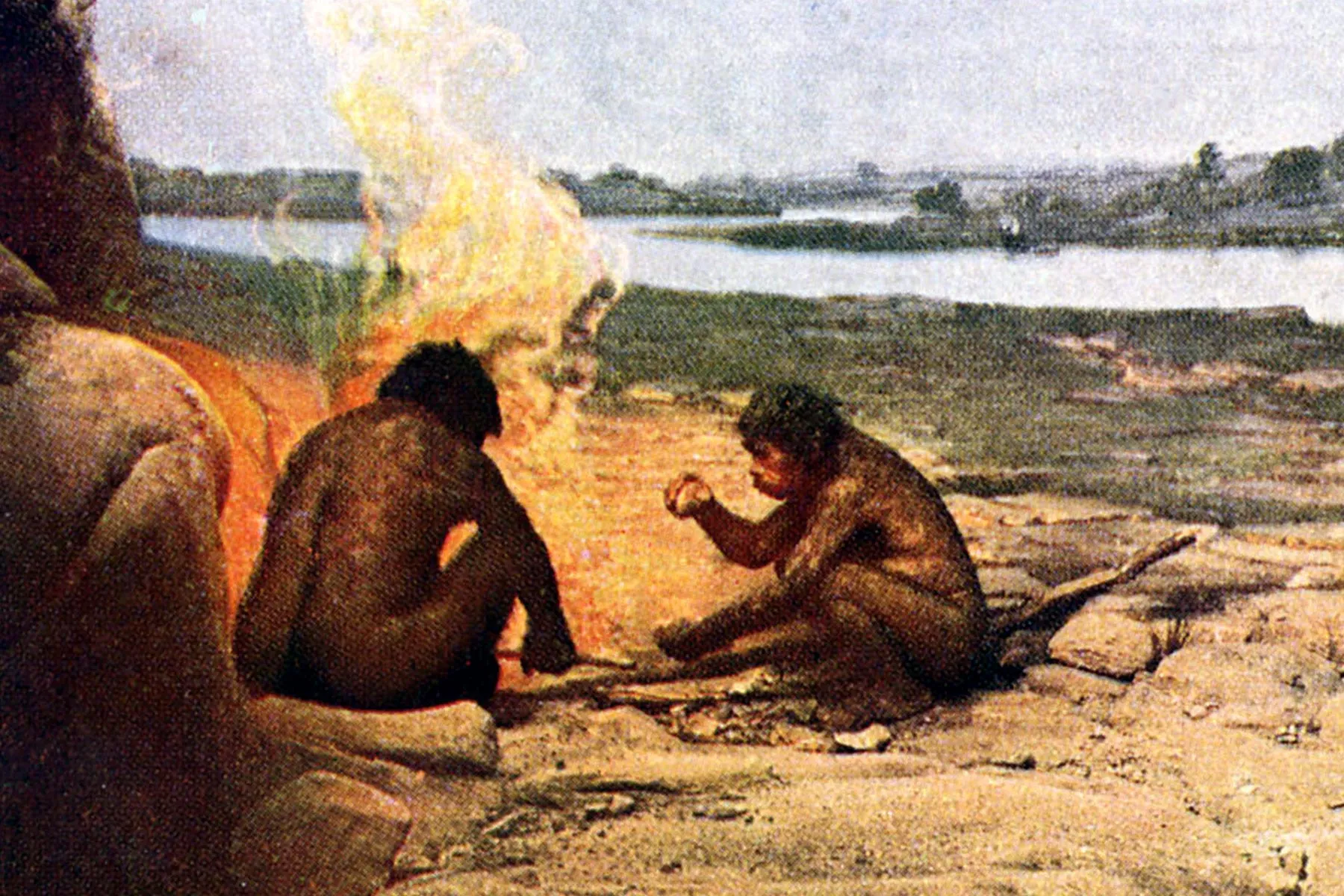From Graham Crackers to Cavemen: A History of Fad Diets

Sources Medically Reviewed on 02/04/2022 Reviewed by Christine Mikstas, RD, LD on February 04, 2022
Images provided by:
- VisualField / Getty Images
- Jena Ardell / Getty Images
- boonchai wedmakawand / Getty Images
- Hulton Archive / Getty Images
- Lubo Ivanko / Getty Images
- Bettmann / Getty Images
- lenazap / Getty Images
- Robert Stiggins / Getty Images
- aluxum / Getty Images
- wakila / Getty Images
- Oscar Wong / Getty Images
- wildpixel / Getty Images
- Culture Club / Getty Images
SOURCES:
The Atlantic: “Looking to Quell Sexual Urges? Try the Graham Cracker.”
Harvard Health: “Apple Cider Vinegar Diet: Does It Really Work?”
Morisset Library: “History of Weight and Slimness Advertising.”
Vanderbilt Medical Center: “Effectiveness of Grapefruit Diet.”
Cornell University: “The Rise and Fall of the Master Cleanse Diet.”
Washington Post: “The Cabbage Soup Diet.”
New York Magazine: “The Head Mistress and the Diet Doctor.”
New York Times: “Judy Mazel, Creator of the Beverly Hills Diet, Is Dead at 63.”
Harvard Health: “Diet Not Working, Maybe It’s Not Your Type.”
Mayo Clinic: “Glycemic index diet: What's behind the claims”
National Library of Medicine: “History of the Ketogenic Diet.”
Mayo Clinic: “Paleo Diet: What Is It and Why Is It So Popular?”
Shannon Whittingham, RDN, founder of The Nourish Center [email protected]
Reviewed by Christine Mikstas, RD, LD on February 04, 2022
This tool does not provide medical advice. See additional information.
THIS TOOL DOES NOT PROVIDE MEDICAL ADVICE. It is intended for general informational purposes only and does not address individual circumstances. It is not a substitute for professional medical advice, diagnosis or treatment and should not be relied on to make decisions about your health. Never ignore professional medical advice in seeking treatment because of something you have read on the WebMD Site. If you think you may have a medical emergency, immediately call your doctor or dial 911.
